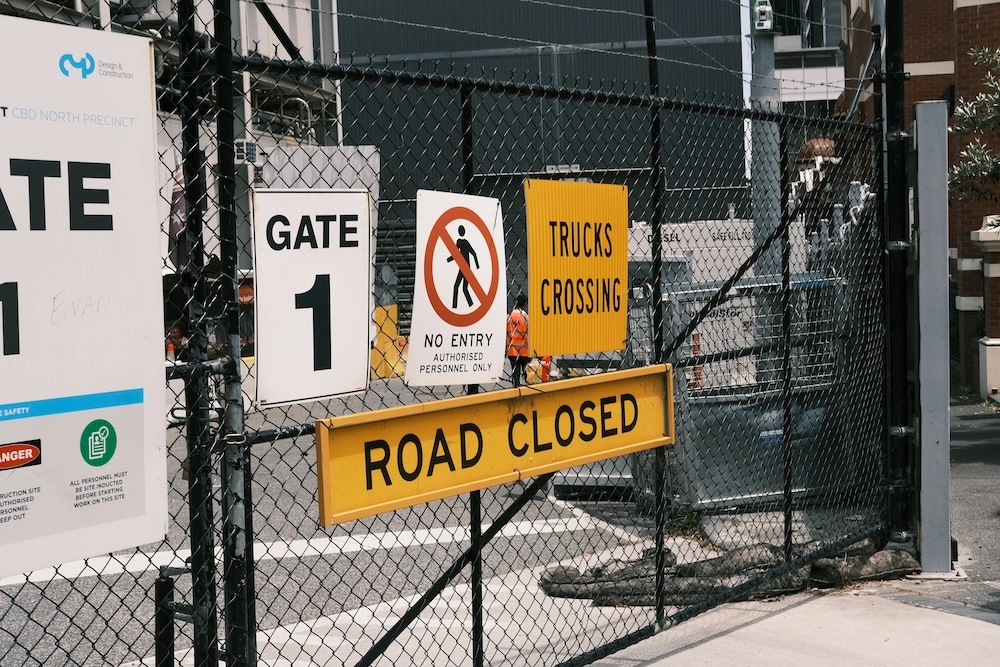Gatekeeping in Organizations: A Comprehensive Analysis
Exploring how gatekeeping impacts organizational efficiency and approaches to address it.

Research suggests gatekeeping, or controlling access to resources and decisions, often causes inefficiencies in organizations by creating delays and reducing collaboration. Many organizations ignore gatekeeping due to fear of disruption or lack of awareness, despite its impact on productivity.
The evidence leans toward solutions like fostering transparency, empowering teams, and encouraging collaboration to address gatekeeping effectively. Examples from US companies like Google, Amazon, Microsoft, Ford, and Starbucks show how addressing gatekeeping can improve efficiency, though approaches vary.
Understanding Gatekeeping
Gatekeeping in organizations refers to controlling access to resources, information, or decision-making, often unintentionally. This can lead to delays in approvals, reduced teamwork, and lower employee morale, all of which hurt efficiency.
If only senior leaders can approve budgets, projects might stall, missing market opportunities. This type of bottleneck is a classic example of organizational gatekeeping in action.
Why Organizations Ignore It
Many organizations hesitate to tackle gatekeeping because they fear disrupting established hierarchies or believe tight control ensures quality. Sometimes, leaders don't realize they're creating bottlenecks, making it a hidden issue that's hard to address.
Fear of Disruption
Changing established hierarchies or processes can be disruptive, and leaders might fear losing control or facing temporary chaos. For instance, flattening a management structure might seem risky for stability.
Misperception of Control
There's a belief that tight control over resources and information ensures quality and prevents mistakes, though this can suppress creativity and initiative.
Lack of Awareness
Those in power may not see the connection between their actions and organizational inefficiencies, such as a manager unaware that their approval delays are stalling projects.
Cultural Inertia
Organizations with long-standing cultures of gatekeeping may find it hard to change due to ingrained behaviors and norms, with employees resistant to new ways of working.
Best Practices to Solve Gatekeeping
To fix this, organizations can implement several key strategies:
-
Make Processes Transparent: Ensure everyone knows how decisions are made. Using project management software like Asana can provide real-time access to project status, reducing information silos.
-
Empower Teams: Give teams the autonomy to make decisions within their roles, reducing delays. Setting clear KPIs ensures accountability without micromanagement.
-
Streamline Approvals: Define clear roles and responsibilities using tools like RACI matrices to avoid confusion about who has authority. Efficient approval processes minimize delays.
-
Encourage Collaboration: Promote cross-functional teams and open communication channels. Monthly cross-departmental innovation workshops can align goals and share insights.
These practices require commitment from leadership and often involve cultural shifts, but they can significantly enhance efficiency and productivity throughout the organization.
Real-World Examples from US Businesses
To illustrate effective approaches to gatekeeping, let's examine how leading companies have addressed this challenge:
- Issue: Centralized decision-making by founders led to potential delays as the company grew.
- Solution: Adopted a decentralized structure, empowered teams, and encouraged innovation through "20% time."
- Outcome: Boosted innovation, though "20% time" was later discontinued.
Amazon
- Issue: "Two-pizza team" approach led to information silos, reducing collaboration.
- Solution: Improved communication tools like internal wikis and better team integration while maintaining autonomy.
- Outcome: Reduced redundancy, aligned teams better, emphasizing customer obsession.
Microsoft
- Issue: Over-centralized decision-making slowed product development, perceived as slow to market.
- Solution: Under Satya Nadella, shifted to an agile culture, empowering lower levels, promoting a growth mindset.
- Outcome: Faster innovation, improved market responsiveness.
Ford Motor Co.
- Issue: Hierarchical structure caused slow decision-making, affecting production efficiency.
- Solution: Implemented lean manufacturing, flattened structure, empowered frontline workers.
- Outcome: Speedier decisions, improved operational efficiency.
Starbucks
- Issue: Centralized menu decisions didn't align with local customer preferences, causing inefficiencies.
- Solution: Granted more autonomy to regional managers for locally relevant decisions, experimented with menu items.
- Outcome: Better customer satisfaction, responsive to local needs.
These examples demonstrate diverse approaches, from structural changes to cultural shifts, highlighting that solutions must fit the organization's context. Google's restructuring aimed at reducing bureaucratic inefficiencies, while Amazon's "two-pizza team" rule is about maintaining agility with better communication.
Comprehensive Analysis of Gatekeeping in Organizations
Impact of Gatekeeping
The impact of gatekeeping is multifaceted:
- Frequent Delays in Approvals: Projects or tasks often wait for extended periods for approvals from specific individuals, leading to missed deadlines and lost opportunities.
- Over-Centralized Decision-Making: Important decisions are made by a small group or a single person, without input from those directly involved, resulting in suboptimal decisions and demotivated teams.
- Lack of Access to Information: Employees find it difficult to access necessary data or resources, often requiring multiple levels of permission, hampering productivity and innovation.
- Siloed Knowledge: Information is not shared across departments, leading to redundant work or missed opportunities, reducing overall efficiency.
- Employee Complaints: Teams express frustration about not being able to perform their jobs effectively due to access issues, lowering morale and increasing turnover rates.
Conclusion
Gatekeeping is a significant but often overlooked cause of inefficiencies in organizations. By recognizing its signs, understanding why it's ignored, and implementing best practices like transparency, team empowerment, streamlined decision-making, and collaboration, businesses can unlock greater efficiency and innovation.
Learning from companies like Google, Amazon, Microsoft, Ford, and Starbucks provides valuable insights, showing that while challenges vary, addressing gatekeeping is crucial for organizational success. This analysis underscores the importance of proactive management to foster a collaborative and efficient workplace.